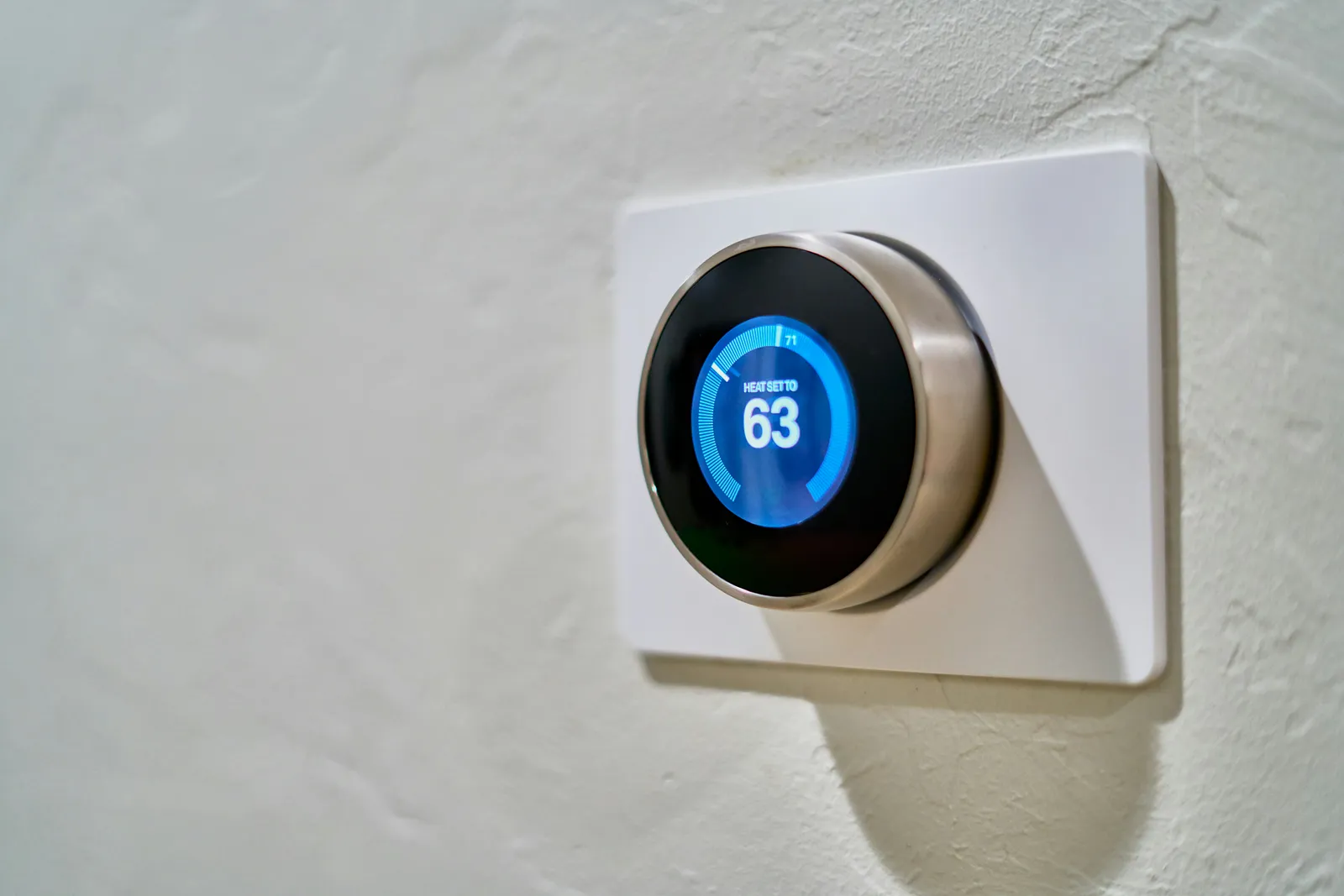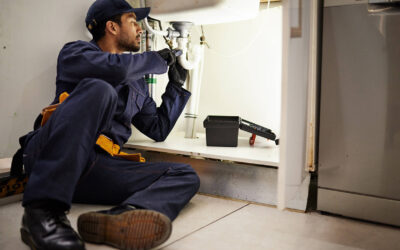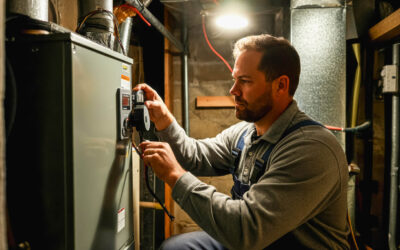Upgrading your thermostat is one of the simplest ways to improve home comfort, energy efficiency, and convenience. While the terms “Wi-Fi thermostat” and “smart thermostat” are often used interchangeably, they’re not exactly the same. Both options offer remote control and better functionality than old manual thermostats, but the level of automation and features vary significantly. When looking for advanced WiFi thermostat services, understanding the differences can help you choose the thermostat that best fits your lifestyle and HVAC system.
What is a Wi-Fi Thermostat?
A Wi-Fi thermostat is a thermostat that connects to your home’s wireless internet network, allowing you to control it remotely through a smartphone app, tablet, or computer.
Key Features of Wi-Fi Thermostats:
- Remote Access: Adjust your home’s temperature from anywhere using an app.
- Programmable Schedules: Set specific times for your HVAC system to run, improving efficiency.
- Alerts & Notifications: Some models send reminders for filter changes or alert you if temperatures reach unusual levels.
Pros:
- Affordable and easy to use
- Ideal for homeowners who want remote control and basic automation
- Works well for predictable schedules
Cons:
- Limited learning capabilities
- Doesn’t automatically adjust to your habits without manual programming
In short, Wi-Fi thermostats give you the convenience of remote access but rely heavily on your input to make scheduling and energy-saving decisions.
What is a Smart Thermostat?
A smart thermostat is a step above a Wi-Fi thermostat. While it also connects to the internet and allows remote access, it adds automation, learning capabilities, and energy optimization features to enhance comfort and savings.
Key Features of Smart Thermostats:
- Learning Technology: Many models learn your habits and automatically adjust temperatures based on your routines.
- Geofencing: Detects your smartphone’s location to adjust heating or cooling when you leave or return home.
- Energy Reports: Provides insights into your energy usage and ways to save.
- Voice Control Integration: Compatible with smart home systems like Alexa, Google Assistant, or Apple HomeKit.
- Adaptive Climate Control: Adjusts to seasonal changes and weather forecasts to maintain comfort efficiently.
Pros:
- Hands-free energy savings
- More efficient temperature management
- Can integrate with other smart home devices for automation
Cons:
- Higher upfront cost than Wi-Fi thermostats
- Some models require professional installation or a C-wire
Smart thermostats are designed to think ahead and optimize comfort and energy use with minimal input from you.
Key Differences Between Wi-Fi and Smart Thermostats
- Level of Automation:
- Wi-Fi thermostats require manual programming or adjustments.
- Smart thermostats learn your behavior and automate scheduling.
- Energy Efficiency:
- Wi-Fi thermostats improve efficiency through manual scheduling.
- Smart thermostats actively optimize energy use, often lowering utility bills without you needing to think about it.
- Integration and Compatibility:
- Wi-Fi thermostats focus on remote access and simple scheduling.
- Smart thermostats integrate with smart homes, voice assistants, and geofencing technology for a more seamless experience.
- Cost:
- Wi-Fi thermostats are generally more affordable.
- Smart thermostats cost more upfront but can provide long-term energy savings.
Which Thermostat is Right for You?
- Choose a Wi-Fi Thermostat if:
- You want simple remote control capabilities.
- You don’t mind programming schedules manually.
- Your primary goal is convenience on a budget.
- Choose a Smart Thermostat if:
- You want maximum energy savings with minimal effort.
- You have a dynamic schedule and want the thermostat to adapt automatically.
- You’re building or expanding a smart home ecosystem.
Both types of thermostats offer a significant upgrade from manual or non-connected models, but a smart thermostat is the better choice for long-term energy efficiency and comfort.
Smarter Comfort, Smarter Savings
While all smart thermostats are Wi-Fi-enabled, not all Wi-Fi thermostats are “smart.” The difference comes down to automation, energy optimization, and integration with modern smart home technology.
If you’re ready to improve comfort, reduce your energy bills, and simplify your home climate control, Steel T Home Services can help. Our team specializes in professional thermostat installation, HVAC optimization, and whole-home comfort solutions in the Denver Metro area. Contact us today to explore the best thermostat options for your home and schedule your installation with our trusted experts.
Steel T Home Services is Denver's choice for HVAC, plumbing & electrical needs. With over 40 years of experience in serving our valued customers’ needs, Steel T is committed to providing unparalleled comfort to your home.



